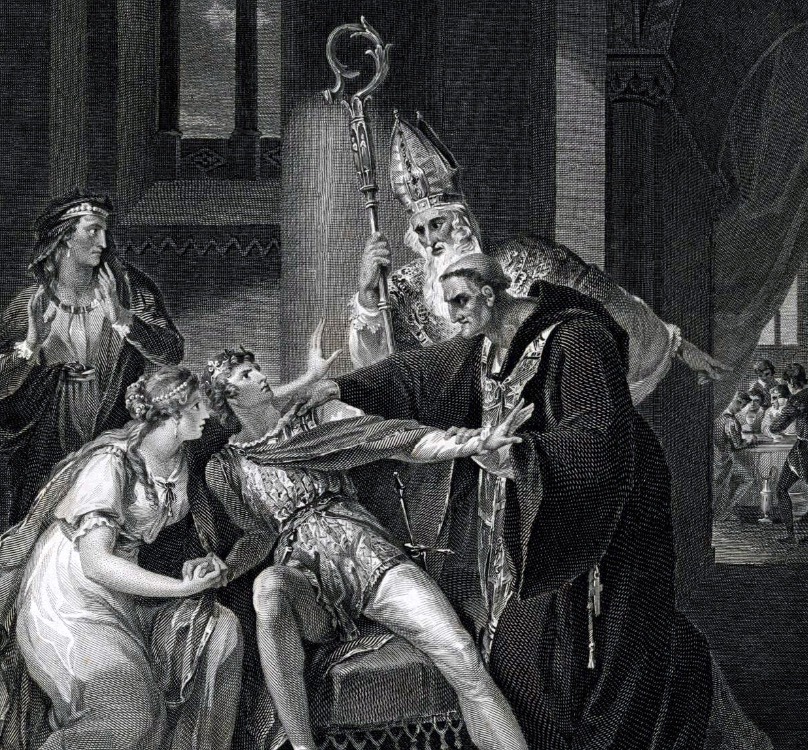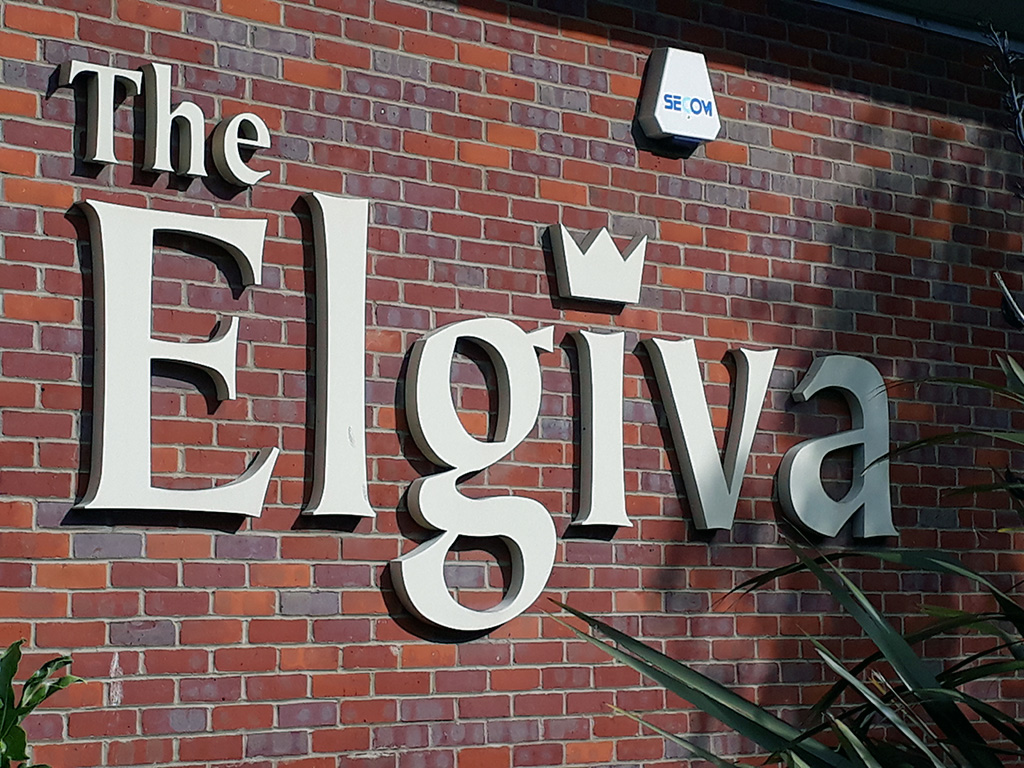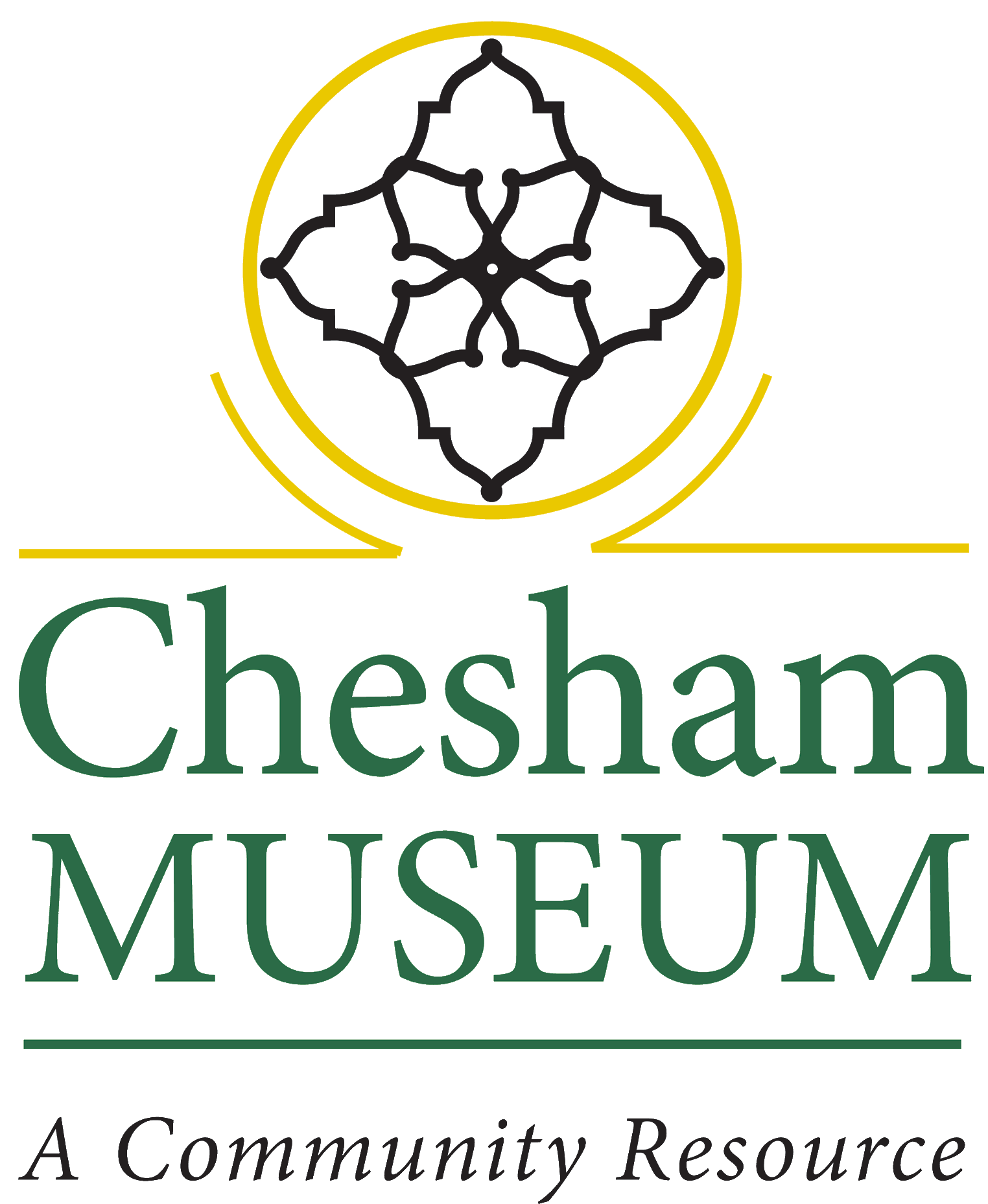The story of Queen Elgiva and Chesham
Chesham has a popular theatre called The Elgiva, named after a Queen with local connections. This is the story…

Elgiva
Elgiva is a female name, which was a fairly common name in pre-Norman England. It was originally written in Anglo-Saxon as Ælfgifu, meaning “elf’s gift”. Elgiva is its common Latin and modern form.
King Edwy
In AD 955 the handsome King Edwy the All-Fair was from the royal house of Wessex, and became king of England. Edwy was in love with the beautiful Ælfgifu (or Elgiva). According to the Anglo-Saxon Chronicle, at his Coronation, he got bored with listening to his advisers and officials discussing politics, and let’s just say he preferred his marital duties to his royal ones. In the Victorian era, this story was rediscovered and became the object of books, plays and paintings, and Elgiva once again became a fairly popular girls’ name again.
Lady Elgiva’s Will 960
King Edwy did not rule long. He died in 959, and his brother Edgar became king, and Lady Elgiva retired to Buckinghamshire. She died about 970, and was buried with her husband at Winchester, the capital of Wessex. Lady Elgiva left a Will which is now in the British Library, part of a set of documents called the Codex Witoniensis. In this Will Elgiva left her estate at Cæstæleshammæ (now spelt Chesham) to the Abbey at Abingdon. One theory is that it may be about then that that the first church was built at Chesham.
Chesham Millenary Festival
In 1960 Arnold Baines, local councillor and historian, alerted people to the significance of the story. In 1967, a committee was set up, chaired by local author Val Biro, to plan a festival to mark a thousand years since the first recorded mention of Chesham in AD 970. The festival idea gained townwide enthusiasm.
Chesham Millenary Festival ran from 24 May to 7 June 1970, and was said to be “the most ambitious community project ever undertaken in the town”. To tell the history, Chesham societies participated in a popular exhibition called Chesham One Thousand which was held at Thomas Harding School, which then moved to the White Hill Centre.
Elgiva Lane

In 1971 after the Millenary Festival, it was realised that nothing in Chesham bore Elgiva’s name, so it was decided to name a new road after her. The new road to the car park by Sainsbury’s between the Malt House and the proposed new library was named Elgiva Lane. When the new library opened in January 1972, its address was Chesham Library, Elgiva Lane, Chesham.
A theatre for Chesham
For many years there had been the idea to build a theatre in Chesham. The proceeds of Chesham’s Festival of Britain Year in 1951 were put aside for a community theatre. This never got built, but the money was still in the bank.
Then came the Local Government Act 1972. As a result the Urban District Councils of Amersham and Chesham were due to merge, to form the new Chiltern District Council on 1st April 1974. Chesham Urban District Council had money in the bank from the sale of various pieces of land. Rather than hand this money over to a new larger council, which might not choose to spend the money in Chesham, they decided to build the town theatre and community centre, which had been discussed since 1951. The rush was on get it done before the council was abolished.

Elgiva Hall
In January 1973, architects were asked to submit sketch plans for a proposed “Chesham Hall” theatre to be built in Elgiva Lane next to the new library. At a Chesham Urban District Council meeting, Councillor Robin Groves said that the name “Chesham Hall” was “about as inspiring as a plate of cold custard”. Councillor Gordon Dixon proposed the name Elgiva Hall instead, which was accepted.
A design was accepted from Chesham architect Brian Willis, for a small theatre to seat upto 360 people, which could also be able to be used for other community events. The go ahead was given by Bucks County Council in January 1974.
Work started on building Elgiva Hall on 28 March 1974, just before the new Chiltern District Council took over its work. The job of building the Elgiva Hall was given to Harman’s. In September 1975, the new Chesham Town Council advertised for a Hall Manager. The manager appointed was Keith Young, who had previously managed The Hoe Theatre in Plymouth.
Elgiva Hall was officially opened on behalf of the Chesham Town Council, by the Mayor of Chesham on Friday 28th February 1976, with a weekend of special events. The new theatre got a great review in “The Stage”. To explain the name of the theatre, a copy of Lady Elgiva’s Will was hung in the foyer, with a transcription of it in modern English underneath.
The Elgiva
In November 1985 vandals damaged the letters for the word “Hall” outside the theatre. The then manager Alan Jenkins removed the letters to leave it reading “The Elgiva”. The manager turned the problem into an opportunity, and decided that it sounded rather good, and he decided to rebrand the hall as “The Elgiva”, which Chesham Town Council accepted. On 9th October 1998 The Elgiva closed. The old theatre was then demolished to make way for a new Sainsbury’s development.
The new Elgiva
Meanwhile a new Elgiva Theatre was built on the other side of St Mary’s Way. Chesham was without a theatre for one month, and the New Elgiva was opened on 8th November 1998 by entertainer Danny La Rue. It was originally called the “New Elgiva Theatre”, but in 2003 it reverted to the name “The Elgiva”. It is a popular venue for plays, music and films and there are now plans to extend it. To see what is going on visit the website.

Today few people know the story of Elgiva, but on the logo for The Elgiva, the dot over the letter “i” is replaced by a crown to indicate her royal connection.
This article was first published in the pages of the Bucks Free Press, Amersham and Chesham edition, on September 11, 2020.


